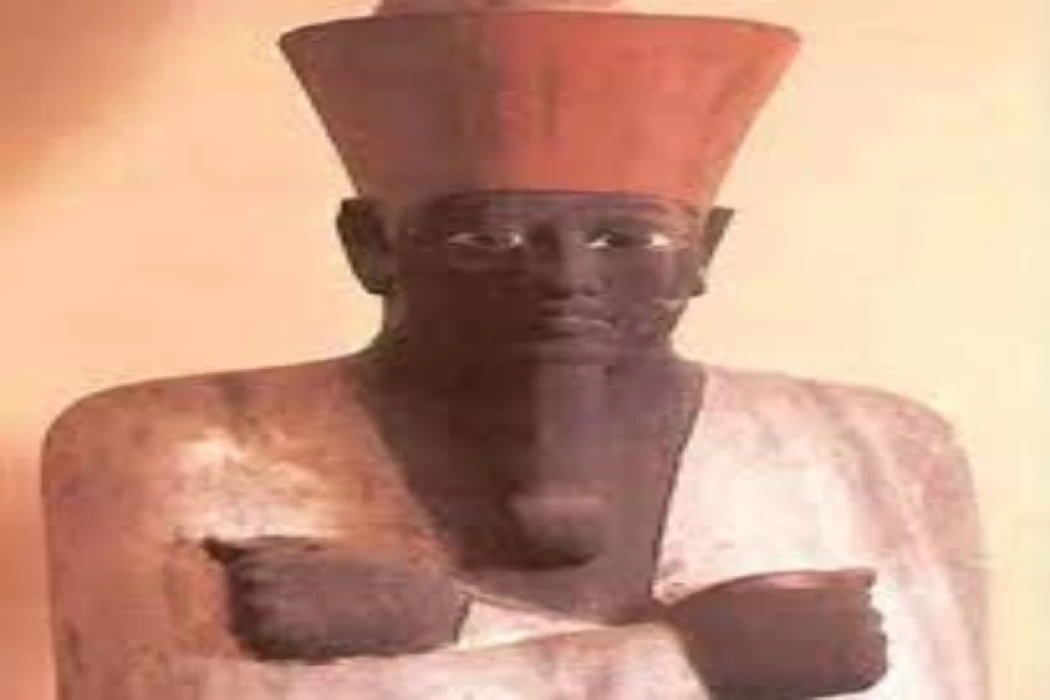
Temple of Mentuhotep II
The funerary temple of Mentuhotep II
located on the West Bank of the Nile, in Deir el-Bahri, on the steps of its amazing circus of mountain columns in front of Thebes, the capital of ancient Egypt. It was founded by Mentuhotep II, the pharaoh of the eleventh ruling dynasty, which united Egypt and contributed to the creation of the Middle Kingdom.
Arment is the holy city of the God Mento next to Thebes. Where God built a temple that cares about Divinity. And he thought about building his own funerary temple in a more luxurious place. As a complex place and a monument not only commemorated the conquest of Lower Egypt and the unification of the lands, but also preserved immortality and was interested in its divinity.
Architecture of the complex
The complex was formed by placing the front of the primitive Hill on top as a symbol of the creation of the world and the Daily birth of the sun, in the form of a decapitated pyramid, with a solar orientation from East to West.
This solar funerary scheme he completed with the Osirian one by being his rock-cut tomb, the kingdom of the dead in the Theban tradition, and the residence of the God Hathor, who receives and protects the deceased. In the front part of the temple, the God Mentu and Amun, together with Mentuhotep II, took care of determining the next construction of the Solar Temples of the Fifth Dynasty.
The ancient temple of the valley is covered with cultivated land, and the Mountain PATH part can be observed more than 950 meters away, surrounded by statues of Mentuhotep II and exhibits such as Osiris, which housed a large courtyard level in front of the funerary temple.
upgrading of the temple
According to Nicholas Grimal, the background of the courtyard leading to the porch was defined by a double Portico of columns, and in the middle between them, there is a slope surrounded by 55 Tarifa (slender-branched tree) and two rows of four pharaonic gems that protected each seated statue of a king dressed in a third feast costume. Thus, the royal architect introduced the concept of botanical architecture thousands of years ago.
There, for the first time, the various parts of a temple were built, consisting of balconies of different heights, which would be like a colonnade or a baptismal Portico erected in the background of the construction. This willingness inspired him to build a mortuary temple of Hatshepsut adjacent to it. Both the back of the courtyard and the balcony have columns decorated with carvings of processions, boats, fishing themes, and scenes illustrating the military achievements of the Pharaoh. There are also statues of Pharaoh Sisistris III of the Twelfth Dynasty here.
A large square of columns was reached in the center of the temple, the base was supported even a little, and many archaeologists, such as Edward Napier, assumed it to be a pyramid, but it was a primitive Crouch in the form of a truncated pyramid. And this porch with columns covers the internal constructions of the burial chapels of six priestess Queens of Hatur. From the balcony, a column is accessed, which leads to another courtyard, a baptismal foyer, and a colonnaded courtyard decorated with views from the shows. A 150-meter underground passage leads to a royal necropolis and worship facilities attached to a rock.It's a hell of an Egyptian supernatural.
The cult zone connecting Mentuhotep II with Amun-Ra predicts houses lasting millions of years belonging to the dynasties of the New Kingdom. In the courtyard there is an entrance called Bab al-Hussein (passenger's door), so named because Howard Carter's horse stumbled into the depression in that place, where he dug and found an underground passage leading to an unfinished tomb or monument (hollow Tomb) featuring the cloth that enveloped the statue of the sitting king dressed in a thirst feast costume, an unknown stone coffin and several performances.
A sandstone statue, its face painted black as a symbol of renewal, and holding the red crown representing Lower Egypt. Access to this vaulted chamber is currently covered. In the complex, there are also tombs of interest in the wives of the King. The Tomb of the main wife, Tim, the mother of Mentuhotep III, has a prominent position, close to the Tomb of the king, and separate from the tombs of the other queens (Ashit, Sadeh, Kawit, Kemsit, and Hahnent).
The sarcophagus of Queen Kawit
Now in the Cairo Museum, it is very special. Mentuhotep II began in the temple with the feast of the beauty of the valley, which was one of the most popular and important holidays in ancient Egypt and was celebrated annually in Thebes, and the procession reached as far as the maritime monastery.














